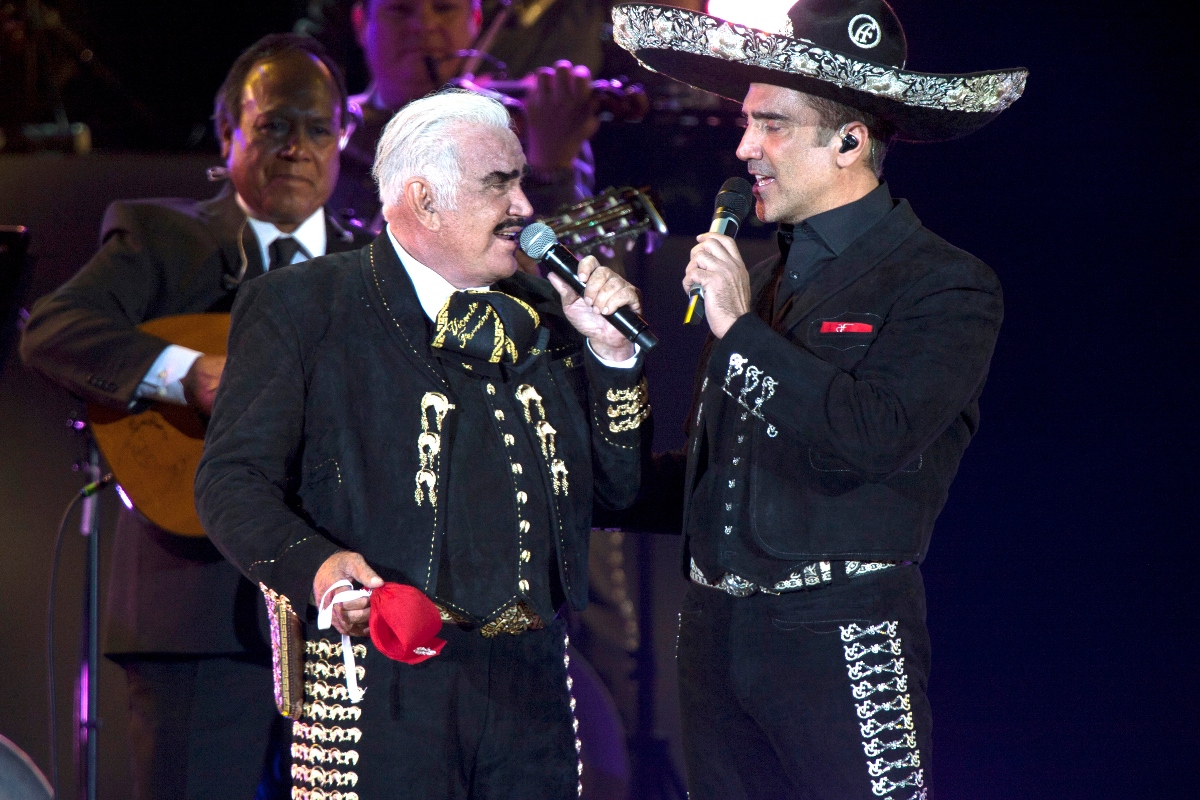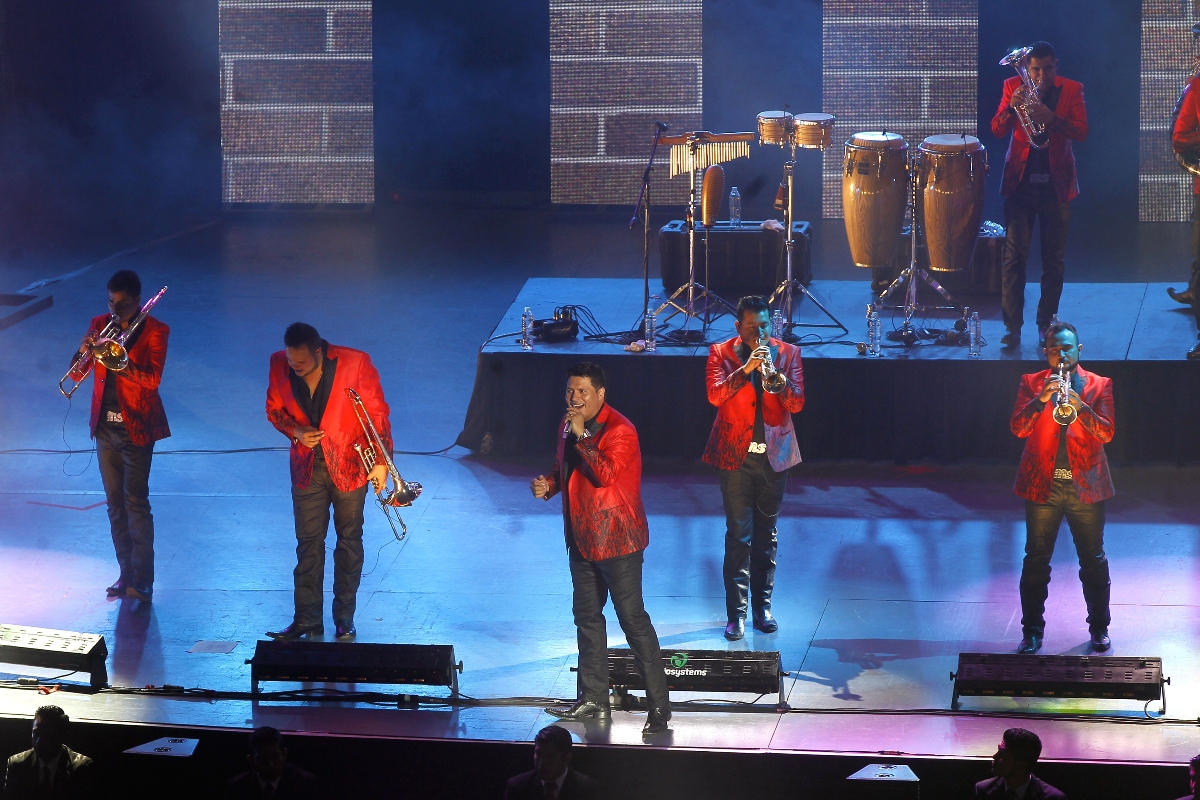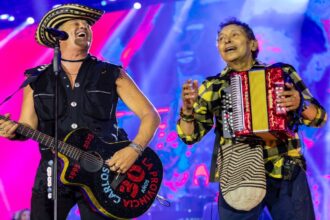Regional Mexicano music is not only a genre, but a mosaic of traditions that have given identity to entire generations.
From emotive ranchera to vibrant norteño, each style tells a unique story and connects with the heart of the Hispanic community.
The ranchera

Rancheras are the epitome of Mexican passion. With lyrics that speak of love, heartbreak and traditions, artists such as Pedro Infante and Alejandro Fernández have taken this style to the top.
Accompanied by the unmistakable sound of the mariachi, rancheras have been the soundtrack of celebrations and farewells around the world.
We could not leave out Vicente Fernández, whose voice immortalized the ranchero genre.
Sadly, El Charro de Huentitán lost his life on December 12, 2021 after a worsening of his lung condition following several months of hospitalization.
Regional Mexicano music is the soul of our culture
Vicente Fernández
The Banda

Banda music is one of the most representative genres of Mexican culture, characterized by the predominant use of brass instruments such as trumpets, trombones and tubas, along with percussion and clarinets.
Its energetic sound has made it a symbol of fiesta, celebration and tradition in Mexico and in Latin communities around the world.
The genre has its roots in the state of Sinaloa, where groups inspired by European military bands began to emerge at the end of the 19th century.
They incorporated elements of Mexican folklore, adapting their repertoire to corridos, rancheras and cumbias, which gave way to the characteristic sound we know today.
During the 20th century, banda music was consolidated as a pillar of regional Mexican music, with groups that took the genre to radio and television, gaining popularity throughout the country.
Today, Sinaloan bands dominate the scene, although groups have emerged in other states that have contributed to the evolution of the genre.
The Norteño

Norteño music is one of the most emblematic genres of northern Mexico and the southern United States.
Their distinctive sound, characterized by accordion and bass guitar, has been the basis of a style that combines European influences with Mexican musical tradition, becoming a pillar of regional Mexican music.
Norteño emerged on the Mexico-Texas border in the late 19th and early 20th centuries, influenced by the music of German, Czech and Polish immigrants who introduced instruments such as the accordion.
Mexican rhythms and narrative were integrated to these sounds, giving rise to a genre that, from its beginnings, has served as a chronicle of life on the border.
Over the years, norteño has evolved by incorporating new instruments and styles, without losing its essence.
In its first decades, double bass and drums were added to the traditional instrumentation, while in more recent times, some groups have experimented with elements of pop and urban music.
Bands like Los Tigres del Norte have made corridos norteños a musical chronicle of migrant life and the daily struggles of the Latino community in the US.
Norteño music continues to be an influential genre in regional Mexican music, with new generations of artists such as Calibre 50, Intocable and Grupo Firme who have been able to modernize their sound to appeal to a wider audience.
In addition, digitalization and the rise of platforms such as Spotify, YouTube and TikTok have allowed Norteño to transcend borders, connecting with audiences around the world and remaining a symbol of identity and pride for the Latino community.
Other styles

Regional Mexican music continues to grow with emerging styles such as corridos tumbados, which fuse the traditional with urban rhythms, and sierreño, a more relaxed version of norteño with a romantic touch.
The corridos tumbados represent an evolution of the traditional corrido, combining characteristic regional Mexican instruments such as guitar and accordion with elements of trap and hip-hop.
This subgenre has connected with young audiences thanks to its fresh style, direct lyrics and themes that reflect the daily lives of Latinos in the United States and Mexico.
Artists such as Natanael Cano, Peso Pluma and Junior H have been instrumental in popularizing corridos tumbados, taking the genre to international stages and digital platforms such as Spotify and TikTok, where their songs have reached millions of plays.
For more information, visit QuéOnnda.com.























